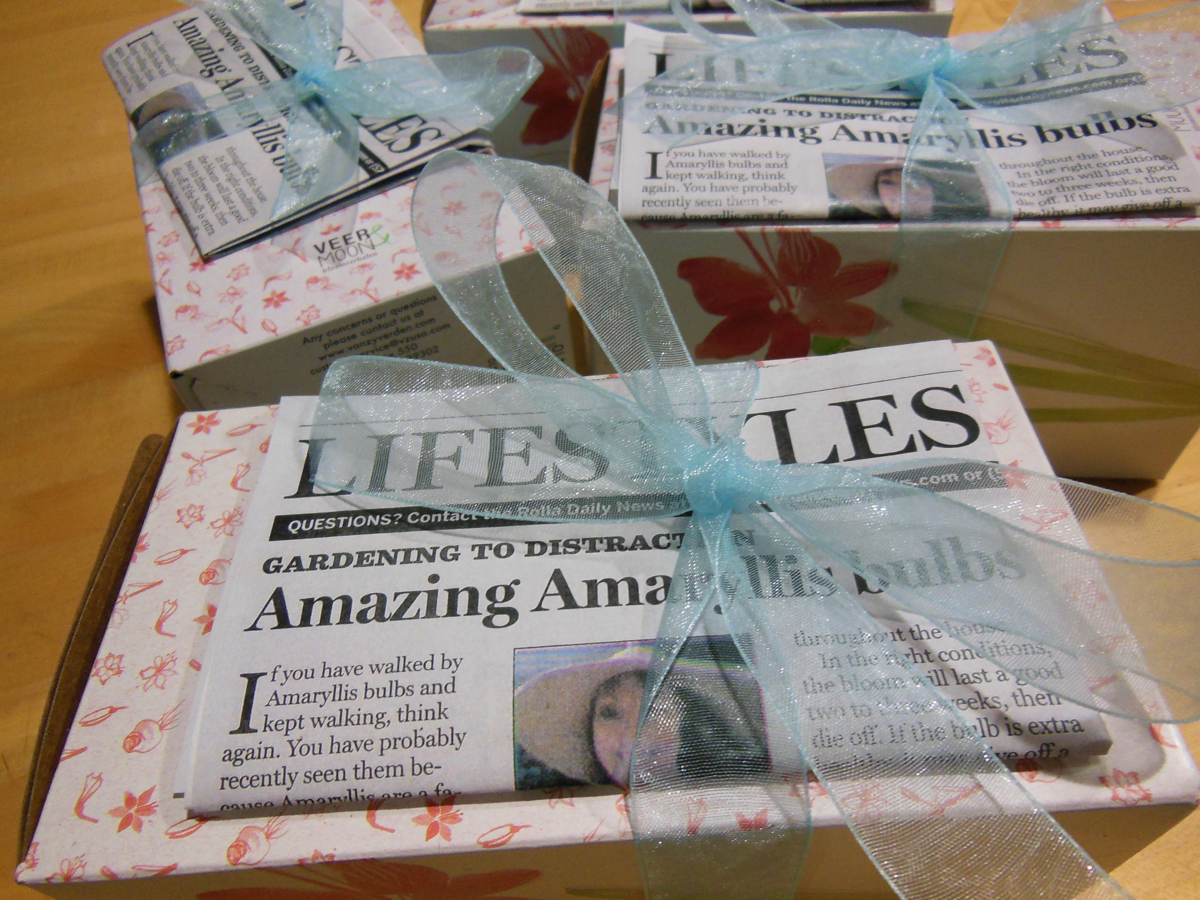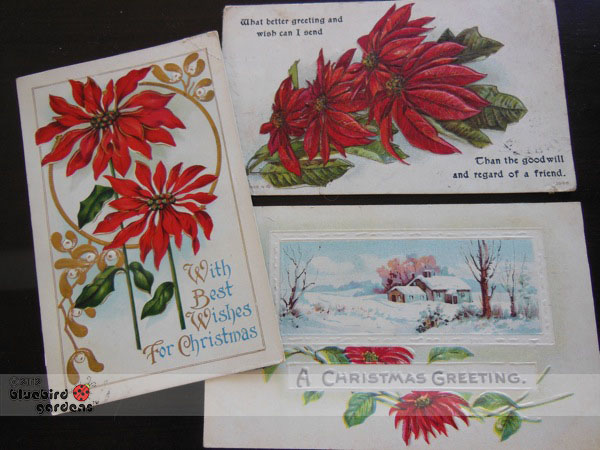Burgundy Hellebores
/These burgundy hybrid hellebores popped up and started blooming almost overnight.
Burgundy Hellebores
How appropriate to be featuring this lovely perennial on this last day of winter. Burgundy hybrid hellebores, also referred to as Lenten roses because they tend to bloom around Lent, are one of the last winter-blooming flowers. These literally just popped up in my garden this past week.
The actual flower is inside the burgundy-colored sepals surrounding the center.
The flowers of hybrid hellebores are actually the long, slender yellow filament-looking segments inside the burgundy-colored sepals. As the sepals mature, they loose some of their color but not their shape. This year I am going to try to save the sepals at the end of the season and see if I can dry them for my wreaths.
The one challenge in enjoying these lovely plants is that the flowers on the plants actually droop. To be able to see, and photograph, the flowers, I have to lean over and try to catch the flowers from a less than comfortable angle.
This is how the hybrid hellebores appear in the flower bed, with the sepals hanging down.
Even without being able to see the droopy flowers I can spot the plant in the flower bed when it is in bloom. Sometimes it's the only green showing up in the whole area!
Sometimes its easy to overlook hybrid hellebores in a garden bed.
Farewell winter, it was a long, snowy one!
Charlotte



























